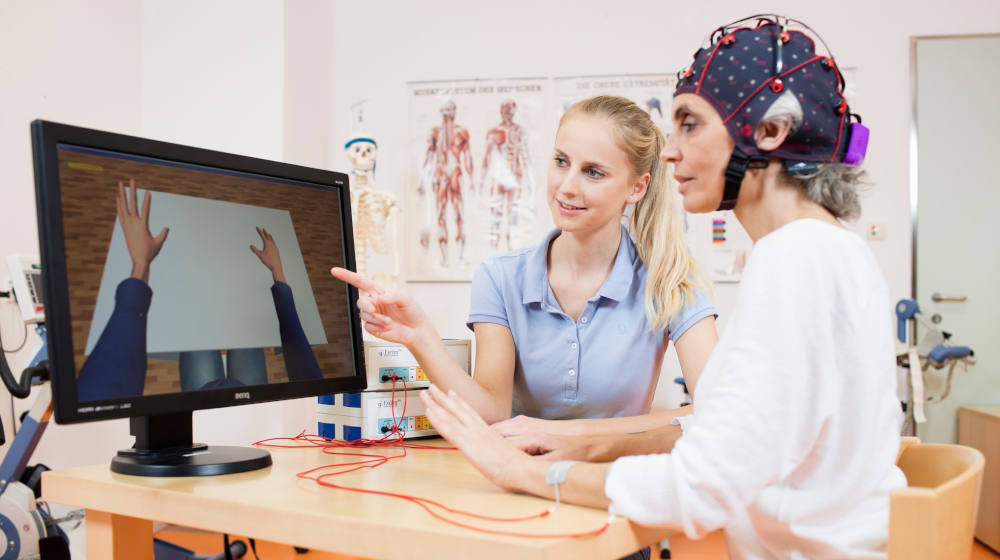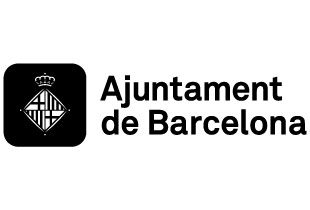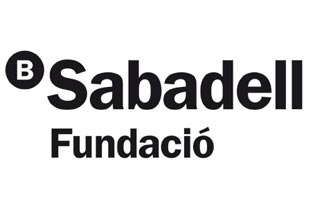Brain(s)
Gamification in neurological rehabilitation
The application of game mechanics in the Recoverix motor rehabilitation system
Courses and workshops
Free with pre-booking
We present the experience of introducing game mechanics into rehabilitation processes and discuss the advantages and limitations that gamification involves, as well as future challenges and the need to generate scientific evidence.
Neurorehabilitation is an essential process for the recovery of injuries to the brain and spinal cord that occur as a result of trauma or cerebrovascular accidents.
Non-invasive neurological rehabilitation using brain-computer interface technology (BCI), like the Recoverix system, is based on the brain activity that a patient generates when they imagine movement of their limbs. The system reproduces this movement using virtual reality, while applying electrical stimulation to the affected limb. This training process helps the patient’s brain relearn how to initiate a motor movement that they have lost, after suffering a stroke, for example.
An early start and regular, continued monitoring of a good rehabilitation therapy are key factors for the improvement of patients. However, the repetitive nature of exercises and the lack of immediate results can demotivate patients.
A collaborative study between the Universitat Politècnica de Catalunya, the firm g.tec medical engineering and the Institut Guttmann show that gamification—the introduction of game mechanics—can contribute to increasing patients’ interest and encourage them to follow the prescribed rehabilitation guidelines more regularly and continuously, making therapy more fun, stimulating and rewarding.
Participants: Martí de Castro, Manel Ochoa Jufré, Marc Sebastián, Daniela Tost Pardell
This activity is part of Brain(s)






